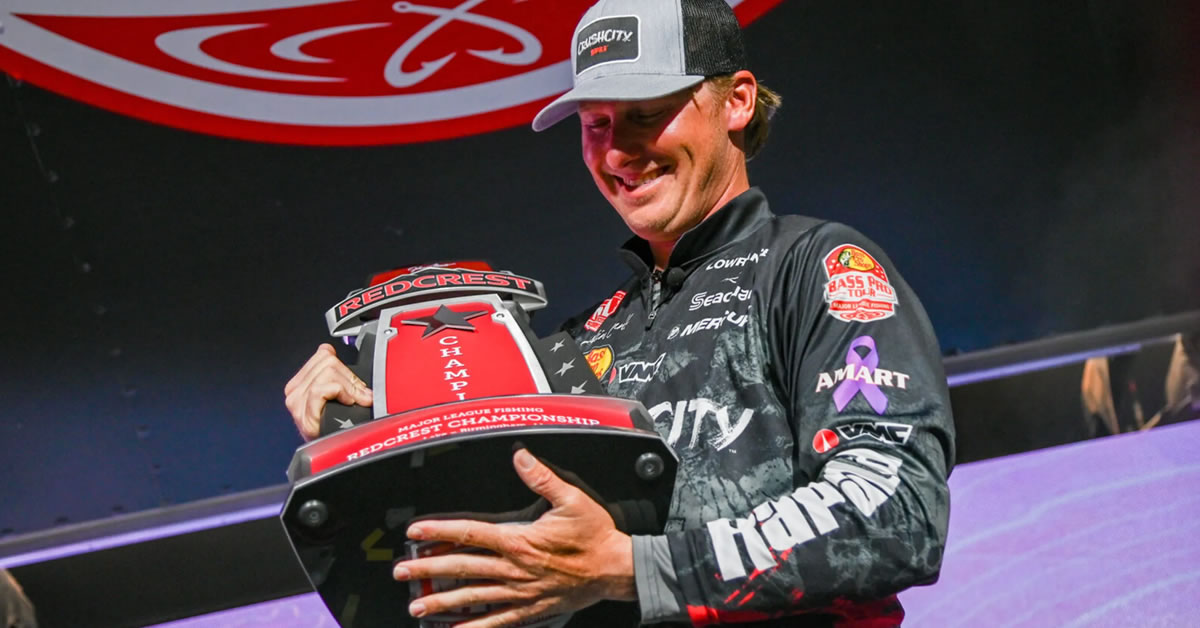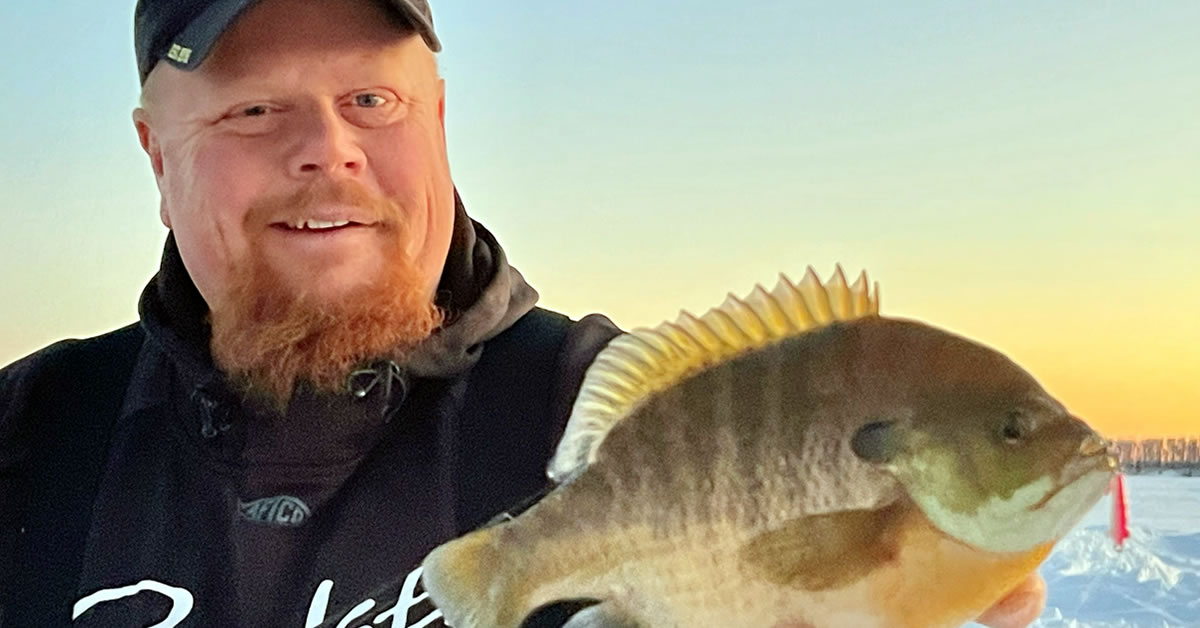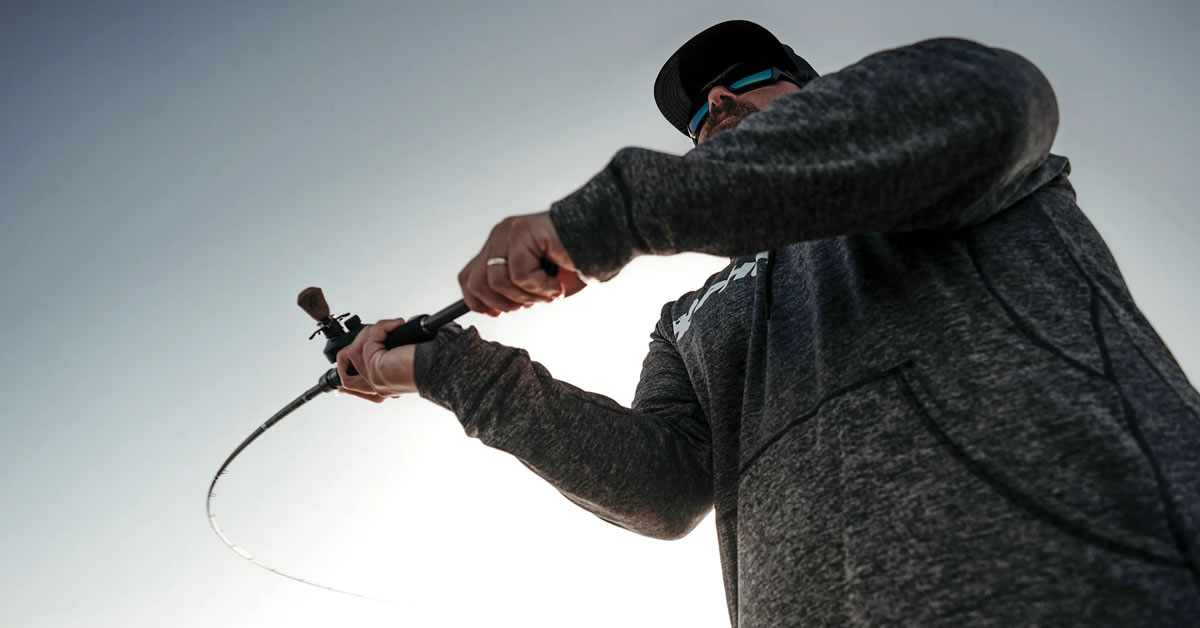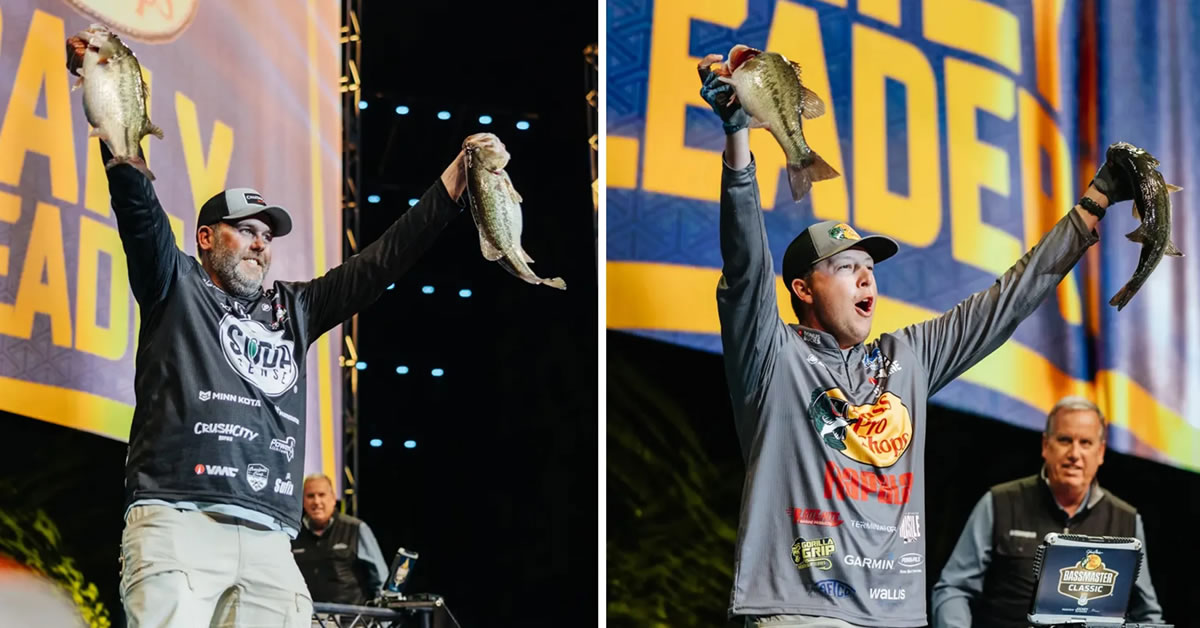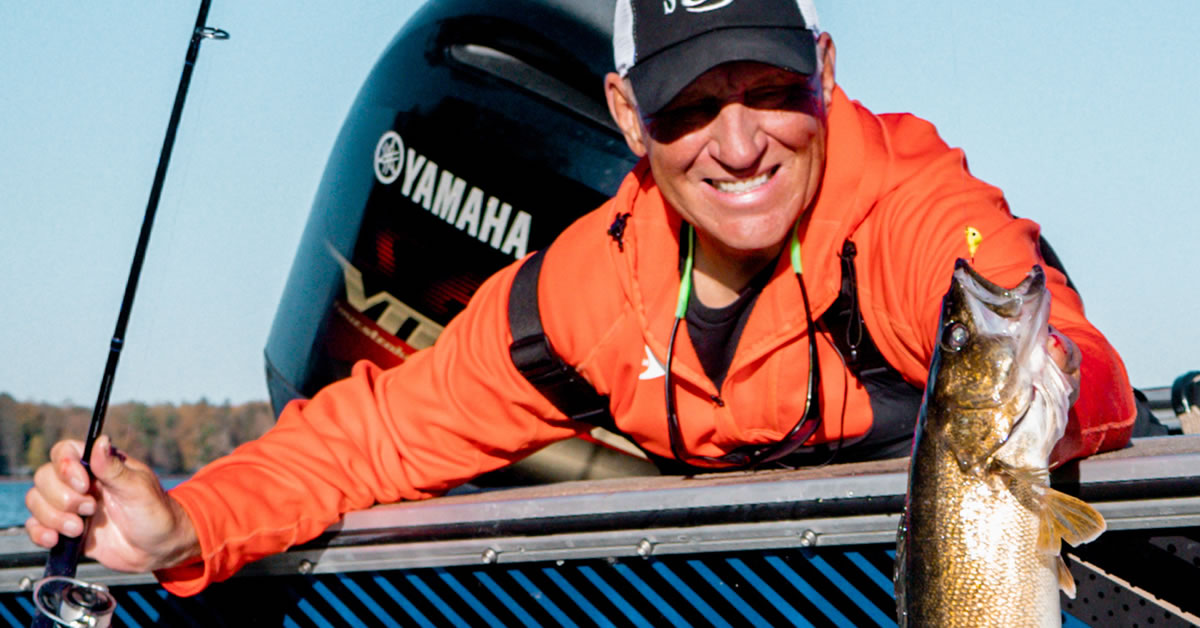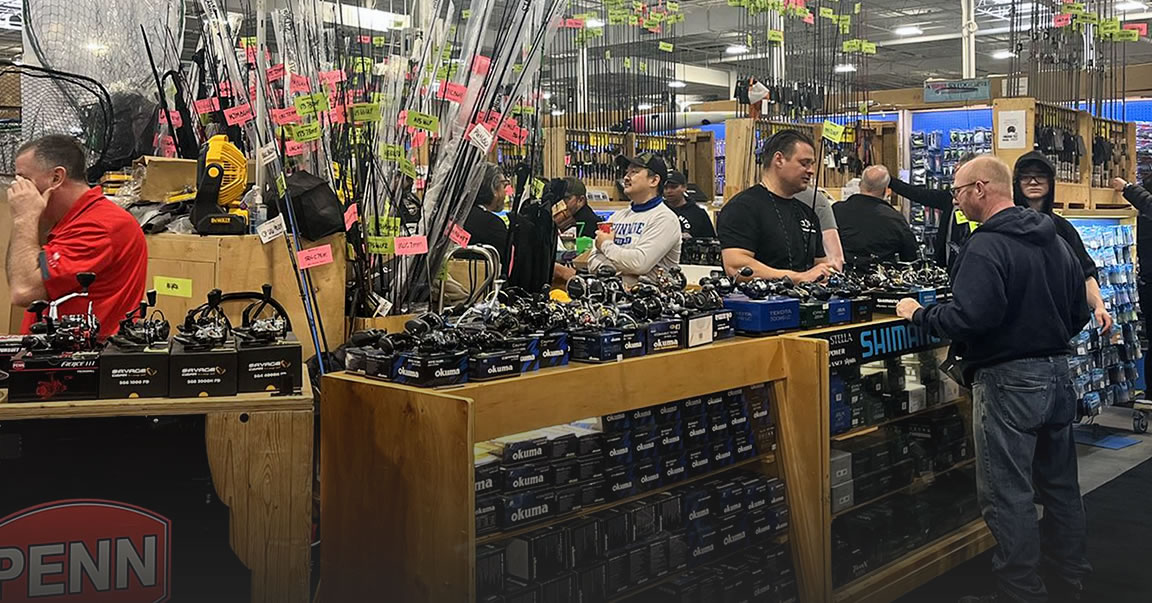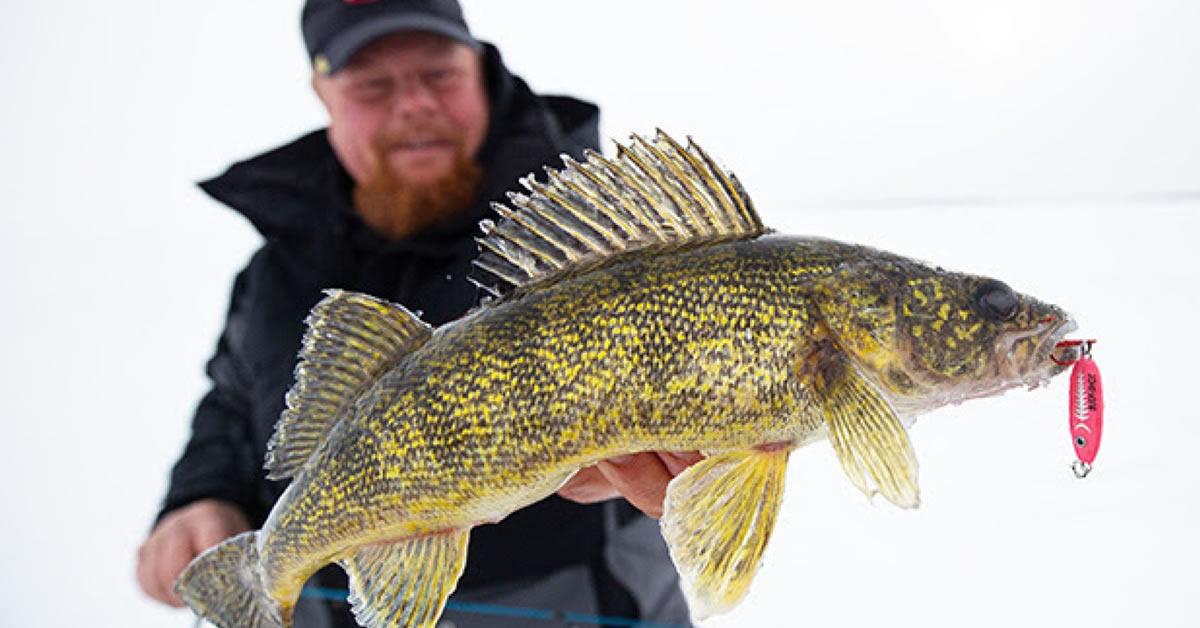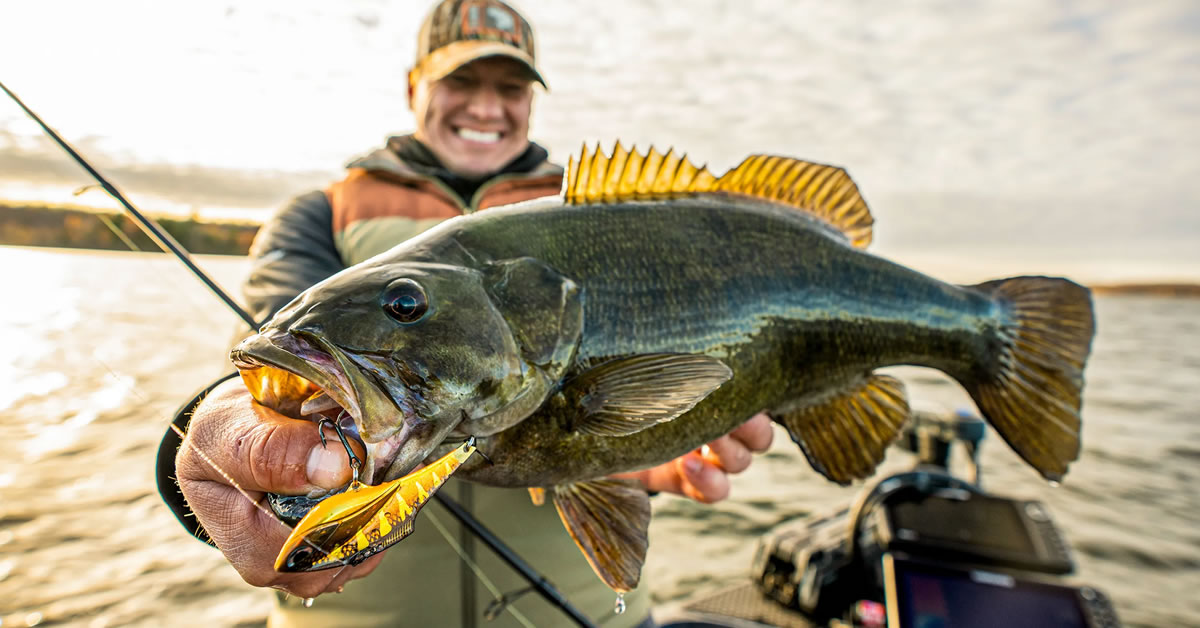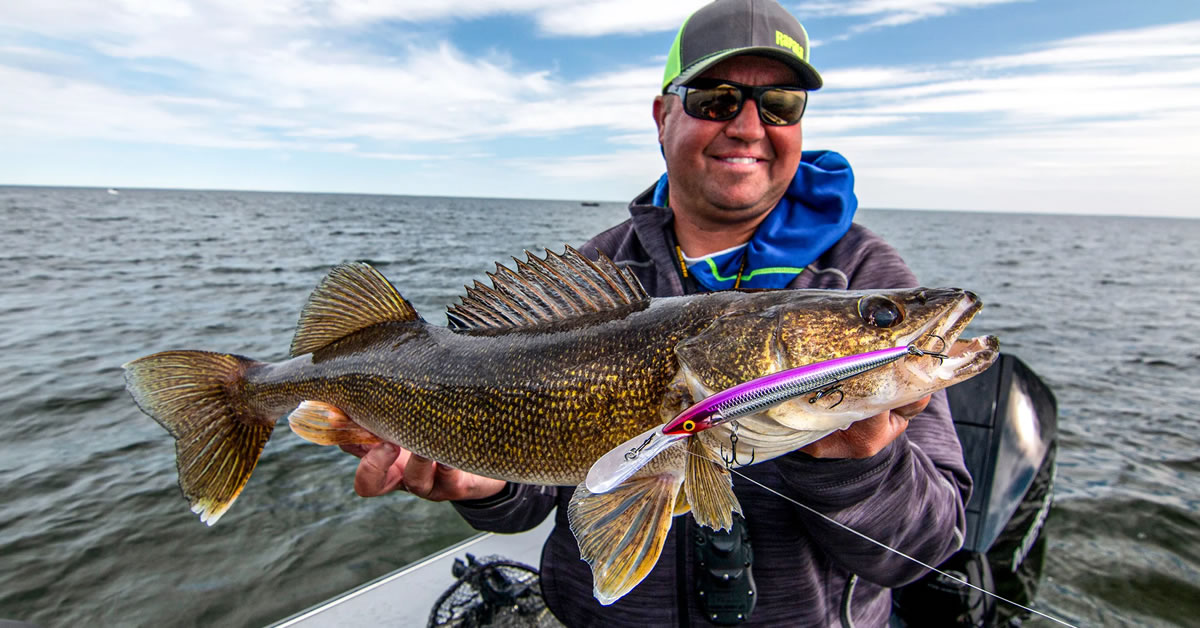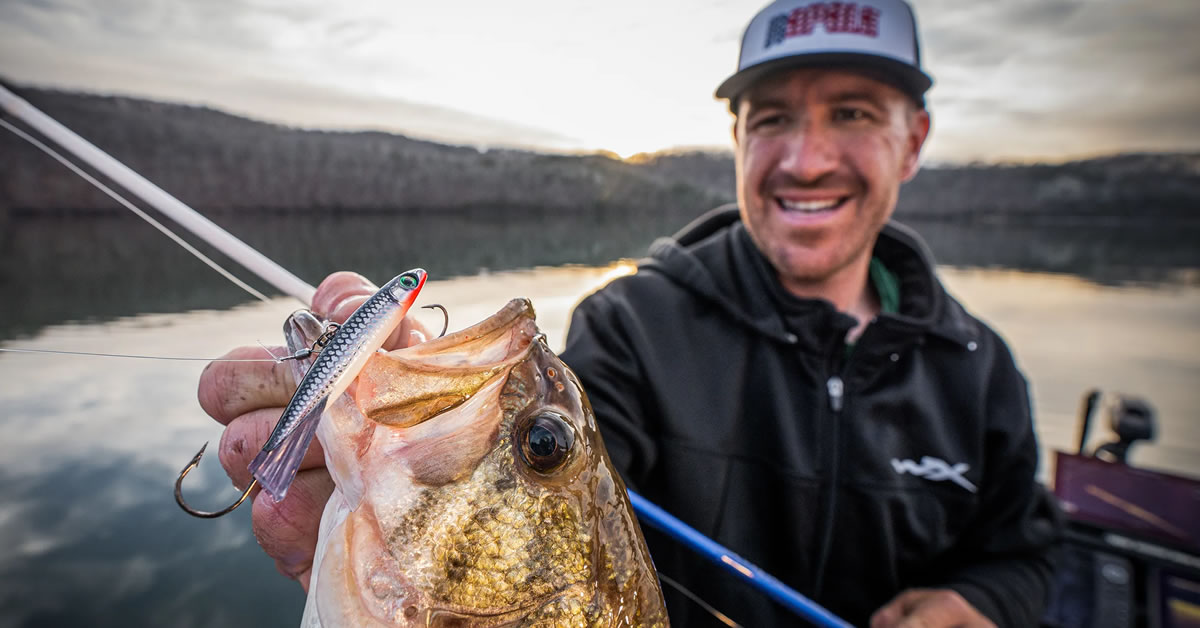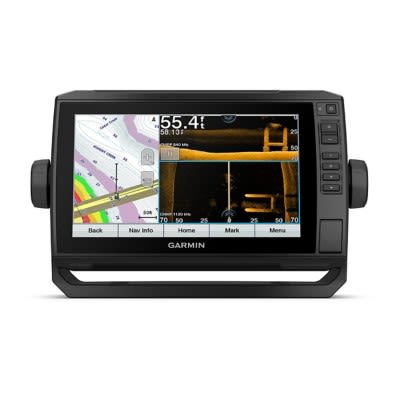Understanding River Smallmouths in the Fall
by Bill Schultz
.jpg) A few weeks ago your favorite spot for river smallmouth bass was dynamite. You had one of your best days ever. Now you're back for another great day of bronzeback action, but where are the fish? The last time you were at your hot spot it was late summer and now fall is here. What happened? The answer is that they've moved. Maybe just a few hundred yards or, depending on the size of the river, many miles.
A few weeks ago your favorite spot for river smallmouth bass was dynamite. You had one of your best days ever. Now you're back for another great day of bronzeback action, but where are the fish? The last time you were at your hot spot it was late summer and now fall is here. What happened? The answer is that they've moved. Maybe just a few hundred yards or, depending on the size of the river, many miles.
What Smallies Do In The Fall
Smallmouth bass migrate in the fall. How far and how fast depends on water temperature, size of the river and habitat availability. When the water temperature hits the low 60's, smallmouths begin to migrate from their summer haunts to areas in closer proximity to deep holes where they spend the winter.
Smallmouths winter in slow, deep water where they do not have to fight current because they feed very little and do not have the energy. Their metabolism slows and they almost hibernate in the winter.
Eric Catlin, past-president of the Okauchee Fishing Club, seminar speaker, guide and tournament angler, observes, "Once the water temperature hits the lower 60's, smallmouths move from flat riffles and feeder creeks to main rivers, moving to deeper water near dams, both up and down river."
The warmer and deeper a river is, the shorter the migration. The colder and shallower, the longer the migration. How fast smallies move depends on how fast the temperature drops.
Following their initial migrations, smallies are still attracted to the type structure they prefer in the summer. This includes shallow shoals, boulders, brush and wood that break the current. They like structure near the deep water areas so as winter approaches they can drop into the deep holes.
Catlin notes, "Smallmouth bass movement in the fall is the norm, but all fish don't have to make big .jpg) migrations if all the habitat they need is available in a relatively small area."
migrations if all the habitat they need is available in a relatively small area."
Some fish will spawn, summer and winter in a couple of miles of river section. While others, where the habitat isn't right, will make 30- to 40 mile migrations.
Catching Migrating Bronzebacks
Once you've located fall smallies, much of the battle is over. In rivers with significant deep water, fish will generally congregate in several of the best spots. A good way to locate fish is to walk or float a section of river. My inflatable Stearns kayak, www.stearnsinc.com, works great for all river activities, including finding and fishing for smallmouths. In clearer rivers a good pair of polarized sunglasses, like the H30 Sunglass System, www.hydrooptics.com, can assist in finding the holes that hold fish. In larger rivers these can be six to ten feet deep and in smaller rivers four to six feet deep. Locating fish on smaller rivers is a challenge because they move farther, and, as noted earlier, often end up by dams.
In early fall, while the water is still reasonably warm, use fast-moving, aggressive presentations like crankbaits, spinnerbaits and inline spinners. Those of you who have read my other articles know that I have had great success with Rebel's Teeny Wee- Crawfish and Wee-Crawfish, www.lurenet.com. It's tough to top a small crankbait in early fall and I've found these to be winners. Keep in mind, during this time frame the smallies will continue to come up shallower to feed in current areas.
As the water cools to the mid-50s, deeper slower presentations are needed. A jig and plastic grub is a good choice. I prefer three-inch Berkley Power Grubs or Tournament Strength Power Grubs, www.berkley-fishing.com. I base the jig weight on current speed and the grub color on water clarity. Tubes also work well and Catlin simply says, "Tube jigs, tube jigs, and more tube jigs." He's had good luck with this pattern and feels its versatility can produce throughout the fall.
Another great option is Texas-rigging, without the weight, a Gary Yamamoto four-inch Senko, www.yamamoto.baits.com. The density of this soft-plastic lets you fish it slowly along the bottom where the current will make it swirl and sway. Twitching is an option, but hardly necessary. Similar to the grubs, you should match the color to the water clarity. In general, I like the more natural colors. Senkos can be a top producer all season.
Once the water dips to 50 degrees and below, live bait presentations are necessary. A jig or hair jig with a minnow or half a night crawler crawled along the bottom is a winner.
In these river situations, I use St. Croix rods, www.stcroixrods.com, in light and medium-light actions. Sometimes when .jpg) using spinnerbaits I'll go to a medium action rod. If you are wading or in a boat I suggest the 6'6" length which will give you better leverage to fight the fish and a little extra length will assist in casting lighter lures. Fishing from shore in heavier cover you may want to go with a 5'6" or 6' rod.
using spinnerbaits I'll go to a medium action rod. If you are wading or in a boat I suggest the 6'6" length which will give you better leverage to fight the fish and a little extra length will assist in casting lighter lures. Fishing from shore in heavier cover you may want to go with a 5'6" or 6' rod.
I fish Shimano 1000 series reels, www.shimanofishing.com, with the longcast spool, which give me more distance when casting smaller lures. Silver Thread Excalibur, www.lurenet.com, is a great line to use in rivers because of its abrasion resistance, cast ability and excellent strength. Even though it may seem a little on the light side, I use four and six-pound test to assist in casting lighter weight lures. The thinner diameter can help when stalking finicky fish. A 2000 series reel works great when I occasionally fish eight-pound test line.
If you have a problem finding any of the products I've mentioned in this article, try Bass Pro Shops, www.basspro-shops.com or one of the Gander Mountain stores, www.gandermountain.com.
Fall is a great time to fish river smallmouths. If you find the smallmouths, many times they are stacked up and ready to feed, especially earlier in the fall. It is very important to practice catch and release in these situations. Take that picture then put the bronze fighter back.




